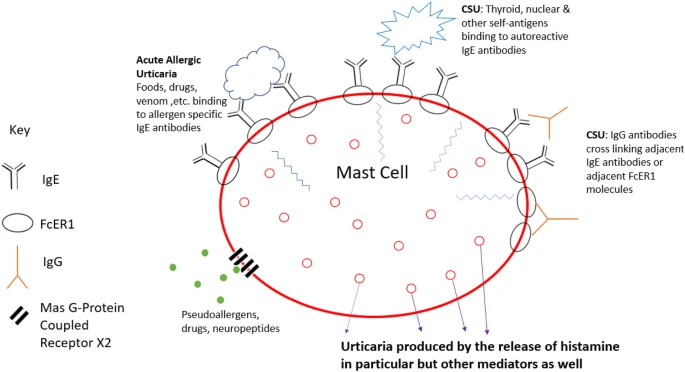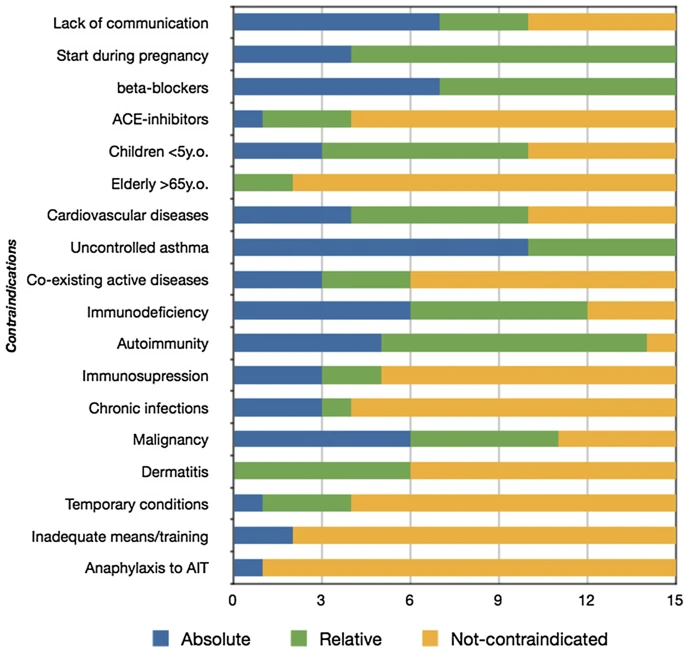- Review
- Open Access
Ciara Jade Bansal &
Amolak Singh Bansal
Abstract
 |
| Mast cell activation in acute and chronic spontaneous Urticaria |
Chronic spontaneous urticaria (CSU) is often associated with organ specific autoimmunity but is rarely caused by food allergy. Colourings and preservatives in pre-packaged foods, so called pseudoallergens, have also been implicated. Factors that promote inflammation or reduce anti-inflammatory mechanisms may however, predispose susceptible individuals to CSU. Chronic underlying infection and mental and emotional stress can sometimes precede the onset of CSU and once established can exacerbate the symptoms.










